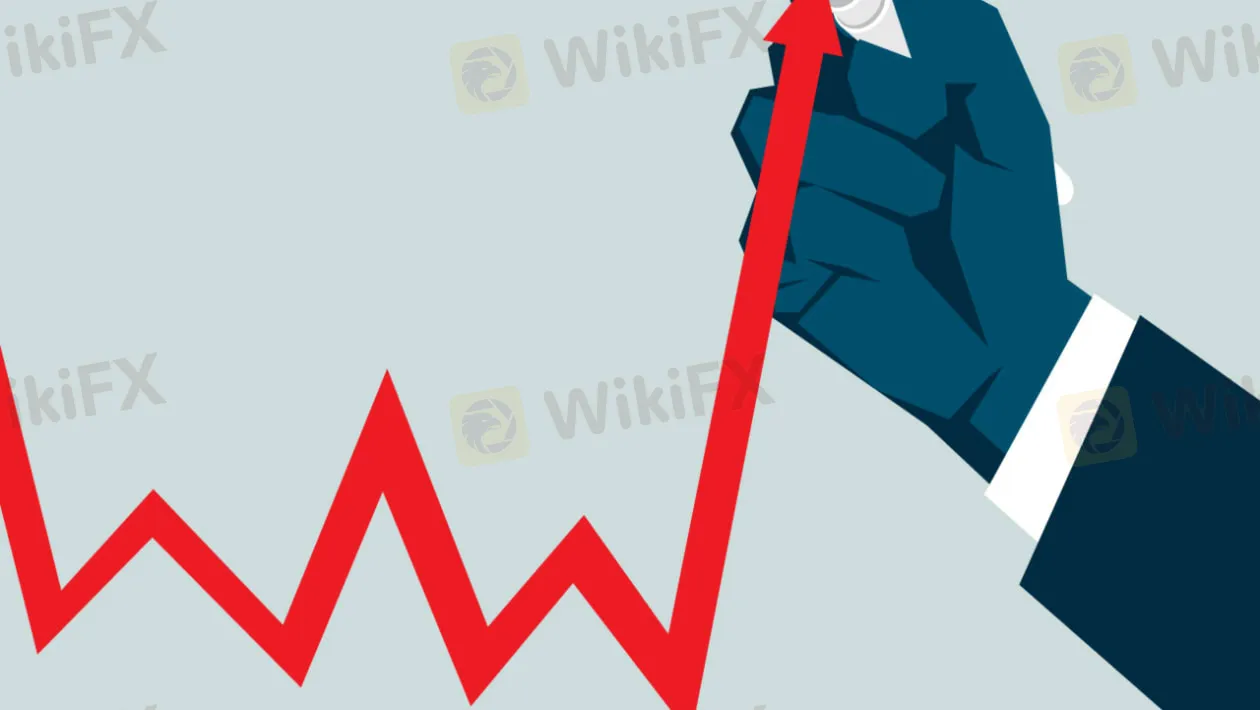简体中文
繁體中文
English
Pусский
日本語
ภาษาไทย
Tiếng Việt
Bahasa Indonesia
Español
हिन्दी
Filippiiniläinen
Français
Deutsch
Português
Türkçe
한국어
العربية
January Inflation Soars to 7.5%, Highest Since 1982
Abstract:Inflation pressures show no signs of abating after the fastest annual increase since 1982, adding to pressures for a big rate hike from the Federal Reserve next month.

Inflation pressures show no signs of abating after the fastest annual increase since 1982, adding to pressures for a big rate hike from the Federal Reserve next month.
U.S. inflation accelerated to the fastest pace in four decades last month, data from the Bureau of Labor Statistics indicated Thursday, with underlying figures showing no signs of near-term relief for pinched American consumers.
The headline consumer price index for the month of January was estimated to have risen 7.5% from last year, up from the 7% pace in December and the fastest rate since June of 1982, powered largely by airfares and rental costs. On a monthly basis, inflation was up 0.6%, the BLS said, with both tallies topping Wall Street forecasts.
St. Louis Federal Reserve Bank President James Bullard said Thursday that he has become “dramatically” more hawkish in light of the hottest inflation in nearly 40 years, and he now wants a full percentage point of interest rate hikes by July 1.
“I'd like to see 100 basis points in the bag by July 1,” Bullard told Bloomberg News in an interview.
For more forex news, please download WikiFX - the Global Dealer Regulatory Inquiry APP.
Disclaimer:
The views in this article only represent the author's personal views, and do not constitute investment advice on this platform. This platform does not guarantee the accuracy, completeness and timeliness of the information in the article, and will not be liable for any loss caused by the use of or reliance on the information in the article.
Read more

Will Inflation Slow Down in the New Year 2025?
Will inflation slow down in 2025? Experts weigh in on projections, economic policies, and potential impacts, offering insights into what the new year may hold.

Why Is UK Inflation Rising Again Despite Recent Lows?
October inflation rises to 2.3%, driven by energy costs. Renters face 8% annual hikes, while house price inflation climbs. Interest rates stay elevated.

How Inflation Rates Affect Forex Prices Globally
In this article, we’ll explore how inflation affects forex prices globally, the relationship between inflation and currency value, and why traders monitor inflation closely.

FED meeting minutes strongly hint at a rate cut in September; US dollar index falls to new low this year!
The U.S. Bureau of Labor Statistics revised down the employment growth in the year ending in March by 818,000, an average monthly decrease of about 68,000, the largest downward revision since 2009. The substantial downward revision of employment data re-emphasized the severity and necessity of the U.S. employment problem, paving the way for a rate hike in September. Bearish for the U.S. dollar.
WikiFX Broker
Latest News
Macro Markets: Is It Worth Your Investment?
Trading is an Endless Journey
What Impact Does Japan’s Positive Output Gap Have on the Yen?
RM62k Lost Investment Scam After Joining XRP Community Malaysia on Telegram
Victims of Financial Fraud in France Suffer Annual Losses of at Least €500 Million
SEC Warns on Advance Fee Loan Scams in the Philippines
Russia Turns to Bitcoin for International Trade Amid Sanctions
Rs. 20 Crore Cash, Hawala Network, Income Tax Raid in India
Hong Kong Stablecoins Bill Boosts Crypto Investments
BEWARE! Scammers are not afraid to impersonate the authorities- France’s AMF said
Currency Calculator


